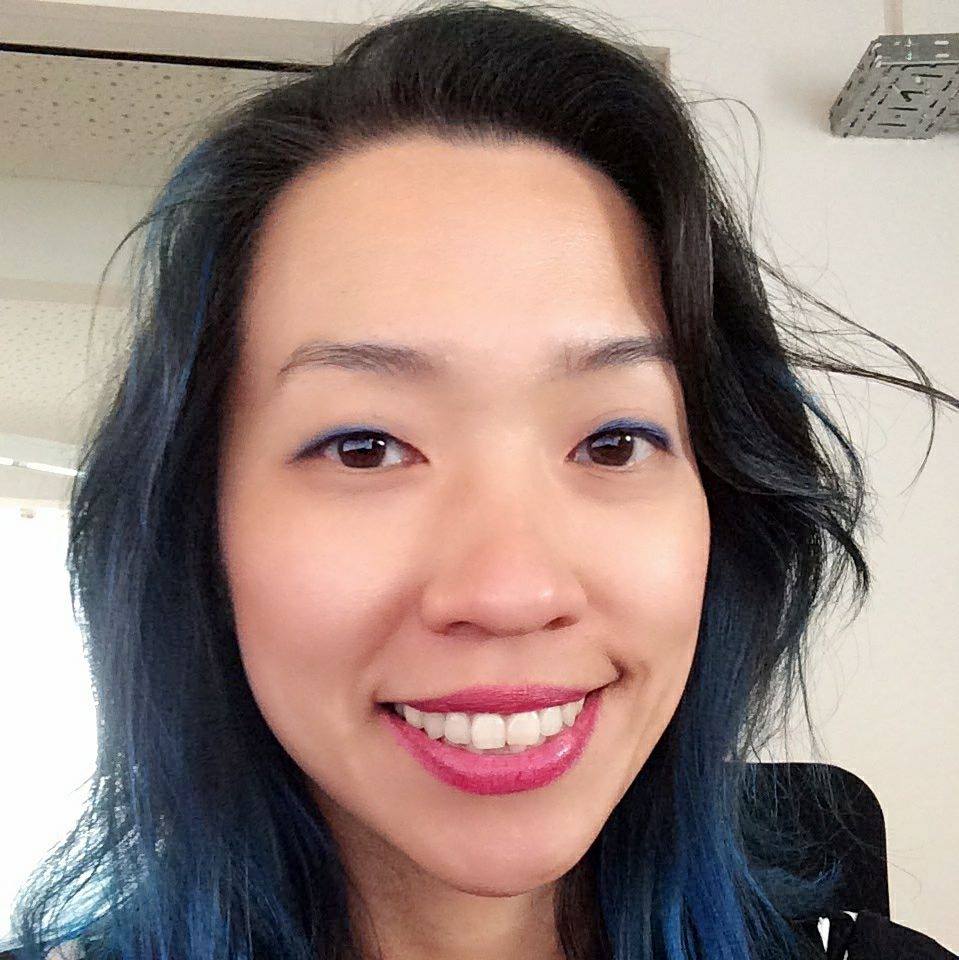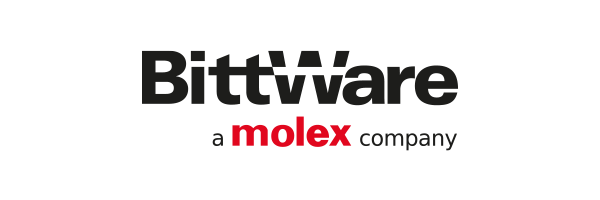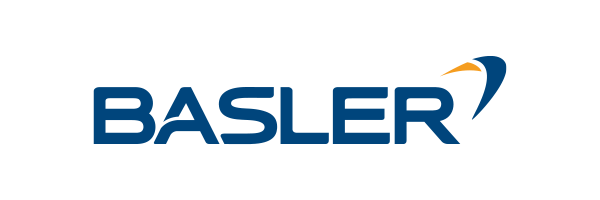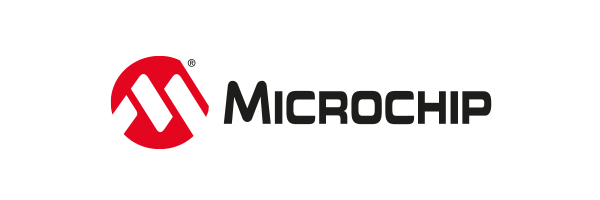

Welcome to the Digital AI Conference
Please enter your code
Please double check the code.
We aren't open yet - please come back later.
To get a code register for free »



Please enter your code
Please double check the code.
We aren't open yet - please come back later.
To get a code register for free »

9-10 September 2020

Charlotte Han processes data and computes brand and digital strategies for a living. Thanks to growing up in Asia, becoming American in Silicon Valley, and now living in Europe, she’s learned not take things for granted and
to make connections where they may not seem apparent.
She’s highly interested in all things tech, especially how technologies can advance human lives. She enjoys networking with the misfits, the rebels, and the
troublemakers who aren’t afraid to shake things up and push the boundaries of what is possible.
Connect with her on Twitter as @sunsiren or on LinkedIn

Johann is the Managing Director at Techstars for the BSH Future Home Accelerator, where he invests in the "future of home living" market. Johann has been in the tech industry for almost 25 years, co-founded Seesmic, one
of the first online video conversation platform, in San Francisco in 2007. Seesmic raised $16M from prominent investors including the founders of Skype, eBay, Techcrunch and subsequently got acquired by Hootsuite in 2012.
Now in Munich for the past five years, Johann worked as a Tech Evangelist, where he became a catalyst for the local tech ecosystem, turning the DAHO.AM conference into one of the largest deep tech event in Germany,
hosting 1400 attendees in 2018.
Mouser presents
Speaker: Charlotte Han

While the rise of robotics and AI have a huge potential to lift productivity and economic growth, it’s no secret that many jobs, not limiting to the low-skilled positions, will be automated in the near future. It surely means many of us will need to adapt to the life-long learning culture, constantly upgrading our skills, but is it still a good bet to “find a good job” when the modern-day corporations are hiring fewer full-time employees, favoring the more flexible temporary workforce? In this talk, we will examine how job titles may no longer shape our full identity, what skills we will need to acquire in this new world, and why it’s ever more important to build, contribute to and thrive in communities - of humans.
Speaker: Johann Romefort

With billions of people quarantined at home, the world discovers that while automation has taken over the workplace, the most mundane tasks at home are still bound to our two hands and some elbow grease. Smart Home promised us intelligent living, but all we got was voice assistants listening to our family lives - what went wrong? Having worked with BSH - the leader in home appliances in Europe - and invested in 20 companies over the last 2 years in the Smart Home category, Johann will explore how AI can indeed simplify our daily lives and what the future holds.
Please note questions are moderated.

NXP Solutions for Artificial Intelligence and Machine Learning
Presented by Nicolas Lehment, Systems Architect
As AI methods
gain maturity, we see interpretation and decision-making migrate from industrial PCs or datacentres
into embedded devices. This change puts new demands on both the embedded processors and the tooling
used to design and implement these systems.
In this webinar we examine why industrial
applications benefit from embedded AI and how NXP devices support the shift of intelligence to
the edge.

Navigating BittWare’s FPGA Cards for Acceleration
Presented by Sam Bichara, Vice President, Corporate
Now part of
Molex, BittWare specialises in FPGA acceleration market where Intel and Xilinx programmable devices
are now essential for accelerating compute-intensive or latency-critical workloads, such as machine
learning inference or real-time data analytics.
In this presentation, we will help you
navigate the range of BittWare FPGA acceleration cards available from Mouser. We’ll look at card
options, intended industry segments and case studies.

AI for Human Body Detection in Industrial use cases
Presented by Corinna Babin, Technical Marketing Engineer
In this
presentation, ST explains the need for Human Body Detection in various industrial applications.
Common scenarios include detecting a person in danger or someone who has fallen, to detecting the
presence of lone workers, or controlling safety around industrial equipment from workers clothing,
and even visual wake-up-word recognition and face ID technology.
ST will demonstrate and
show how the dataset is defined, how the neural network topology is chosen and built, and then how
the hardware implementation is done on a microcontroller using STM32Cube.

IoT Embedded Vision Systems: Deploying Machine Learning Models from the Cloud to the edge
Presented by Jacob Vingless, Field Applications Engineer
When developing an IoT embedded vision system for machine learning (ML) applications, find out how Basler, NVIDIA and AWS have bundled their competencies in the field of computer vision, ML and IoT to tackle key challenges and overcome complexity. Discover how an optimized embedded vision architecture can be realized for the deployment of ML models from the AWS cloud to the edge device, enabling you to start prototyping smart, connected vision applications quickly.
Email us your questions
Building Business Value with Intel AI and Industrial IoT at the Edge
Presented by Merritte Stidston, Cloud/SDI Technical Solutions Specialist
In this introductory session, learn how you can create greater business value by leveraging Artificial Intelligence and IoT by introducing you to terms, technologies, and uses of AI and IoT. By understanding the fundamentals, Intel helps you realise what benefits and market potential these two essential technologies can have in your business and the modern business ecosystem.
Email us your questions
Making Inferencing EASY at the Edge, without the Power Trip!
Presented by Aaron Severance, Tech Staff Engineer – Processor Architecture
FPGAs are ideal for edge AI applications, especially inferencing in power-constrained compute environments. The reason: FPGAs can perform more giga operations per second (GOPS) with greater power efficiency than a central processing unit (CPU) or graphics processing unit (GPU). However, they require specialized hardware design skills. Here we will explore how Microchip’s VectorBlox Accelerator SDK and Neural Network IP offer an easy way to create low-power FPGA smart embedded vision solutions without prior FPGA experience.
Email us your questions
Deep Learning inference at the edge on TI processors
Presented by Manisha Agrawal, Lead Application Engineer
TI Processors are highly integrated, industrial-grade SoCs designed to run deep learning and inference at the edge—delivering the benefits of low power and low latency. In this presentation, you will learn typical steps involved in deploying a deep learning model on any embedded processor. We will also take a closer look at the deep learning and inference development environment, plus look at the scalability of the solution across TI's portfolio. We will even explore the ease of usage with acceleration of using an open-source deep learning/inference engine, such as TFLite and Neo Run Time on TI processors.
Email us your questions
AI Facial Recognition Demo
Presented by Rafik Mitry, Technical Marketing Engineer
This project will demonstrate AI facial recognition using the Intel Neural Compute Stick 2 (NCS2) and the Raspberry Pi 3 Model B+. The Raspberry Pi will host a web camera, HDMI monitor, and interface with the NCS2 device. The NCS2 device will run a neural network to detect a human face, additionally estimating age, gender & emotion.
Email us your questions
Privacy-Preserving AI with Coral Edge TPUs
Presented by Michael Brooks, Coral FAELead
Coral, Google’s Edge TPU platform, will be used to show how moving your AI workload to the edge can help reduce latency, save power, eliminate/reduce bandwidth needs, and ensure privacy preservation.
Email us your questions
AI hand-written digit
recognition with the Hello FPGA Kit
Presented by Rafik Mitry, Technical Marketing Engineer
In this demo,
we’ll explore how Microchip’s Hello FPGA kit can be used in the world of AI. We’ll show the kit
built as an image recognition system running a Convolutional Neural Network (CNN) capable of
recognizing hand-written digits. We’ll take a deeper dive into the CNN, explain how it works, and
the limitations of this implementation.
Throughout the summer, 50 teams accepted the mission to create a Google AIY vision or voice (or both!) enabled device to detect and respond to a person's mood. We received many fascinating and unique entries, making the task of picking
the three winners a tricky one.
Judges:
• Mark Patrick, Technical Marketing Manager (Mouser Electronics)
• Bill Luan, Senior Program Manager & Greater China Regional Lead (Google)
Privacy Policy | Terms and Conditions | © 2020 Mouser Electronics, Inc.